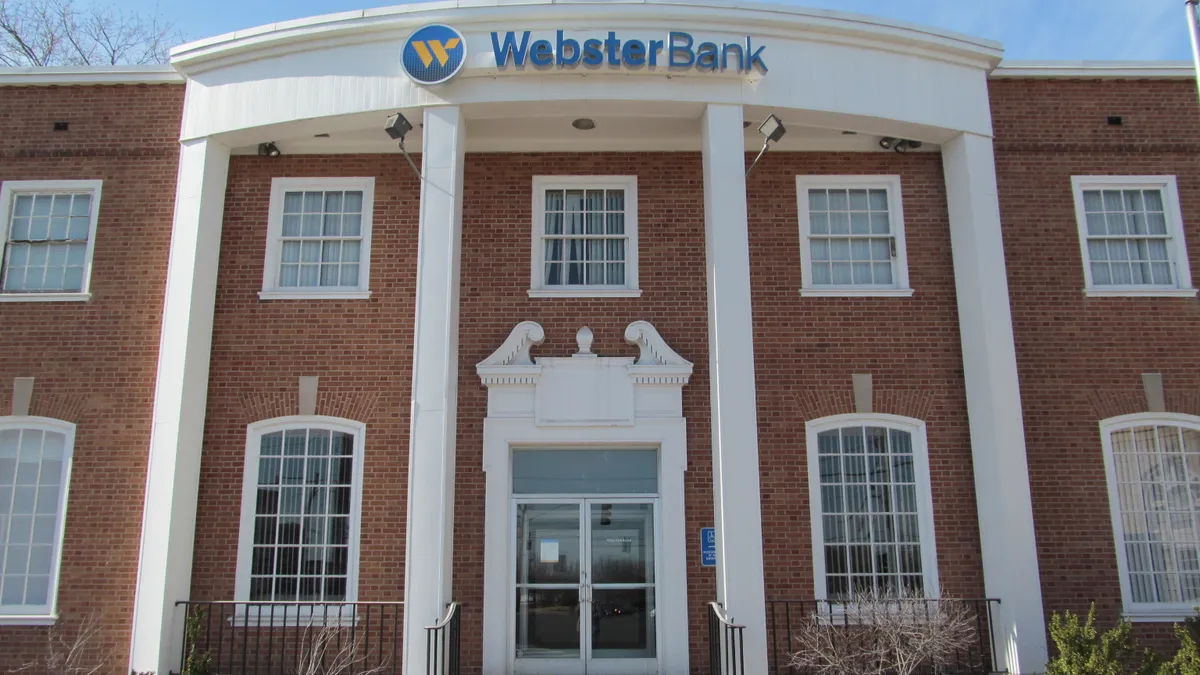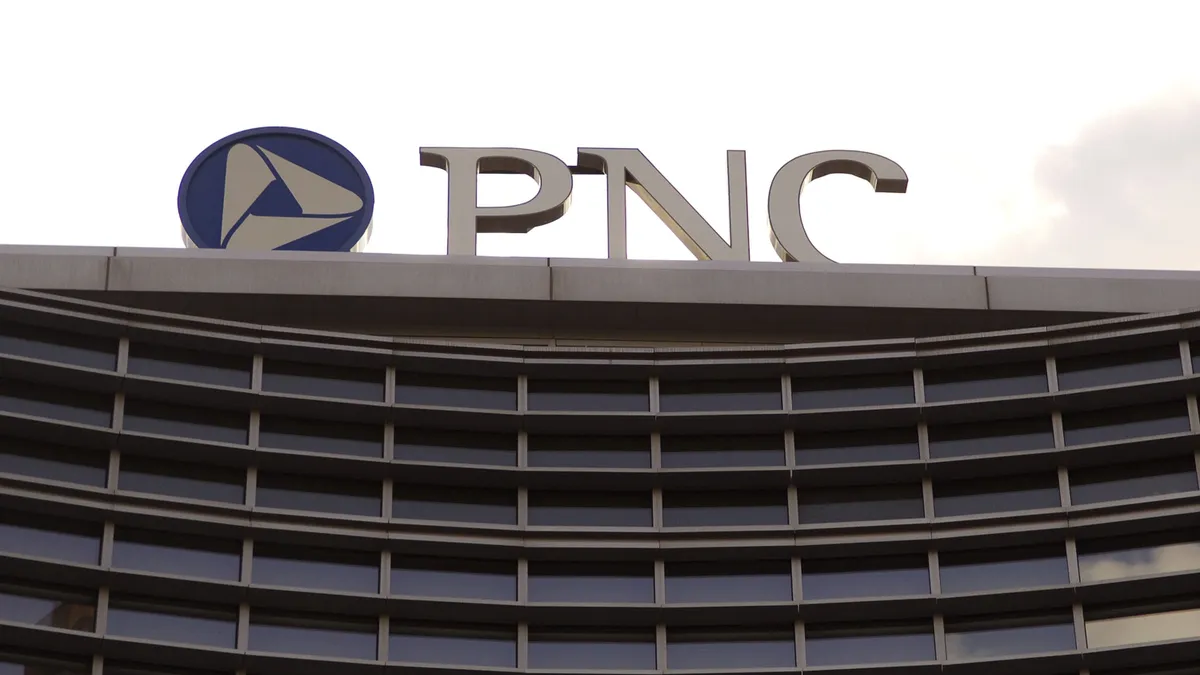After U.S. Bank’s investor day in September, analysts covering the company largely had a “show me” reaction to the bank’s growth projections.
Stephen Philipson, U.S. Bank’s head of wealth, corporate, commercial and institutional banking, said the bank’s executives have taken heed.
“A lot of the feedback we got was, ‘This is a great strategy. We want to see you execute on it.’ We definitely feel that and are very focused on it,” Philipson said during a recent interview. “I think we’re starting to show people.”
U.S. Bank’s revenue fell about 2% year-over-year in the third quarter, but its expense levels dropped even more, yielding modest positive operating leverage. Philipson said the bank made needed investments and is committed to better leveraging its array of businesses, and now executives are confident the Minneapolis-based lender can build on that in the fourth quarter and beyond.
To achieve that, U.S. Bank is doubling down on interconnectivity across its businesses, removing siloes and expanding its product set. The bank’s WCIB business, which Philipson has led since June, has steadily added services and sought to position itself as a reliable and capable bank partner.
WCIB now accounts for 43% of the bank’s net revenue, according to a recent conference presentation. For wealth and capital markets – fee-driven businesses – it’s 13%.
Within its capital markets unit, U.S. Bank recently added commodities and asset-backed securities businesses. Global capital markets revenue last year jumped about 38%, to $911 million, and the bank envisions a 12% to 15% revenue growth opportunity in the medium term.
In wealth, the bank has invested heavily in digital platforms and user experience, in an effort to get more of its 13 million bank customers to become wealth clients, too.
“We’re not getting into some new area of the business that we don’t have experience in, or changing our risk appetite,” said Philipson, who’s based in Charlotte, North Carolina, where the bank has about 1,400 employees. “It’s more just leveraging a lot of the opportunities that sit within the four walls of U.S. Bank.”
Stepping up offense
The super-regional lender also aims to accelerate from a go-to-market perspective, he said.
“Historically, as a bank, we’ve always been very good at playing defense,” Philipson said, pointing to a risk management culture he characterized as strong. “Part of the thought now is, ‘Hey, let’s maintain that really strong defense, but let’s work on our offense as well.’”

Philipson said U.S. Bank is in a unique position: At $665 billion in assets, it’s the largest U.S. bank that’s not designated systemically important on a global scale. And it has a product set regionals can’t compete with, he asserted. After spending more in recent years on technology and acquisitions, the bank is now poised to reap the benefits, Philipson said.
To some extent, U.S. Bank has been challenged by timing, said David Konrad, managing director in equity research for KBW. The bank made a solid acquisition in MUFG Union Bank, but interest rates soared from the time the purchase was announced to when it closed in late 2022, and U.S. Bank had to absorb that, he noted.
Historically among the most efficient lenders, the bank has lost some operating leverage, so it’s now trying to bolster fee income and improve its expense ratio, Konrad said.
In capital markets, U.S. Bank is angling for a more prominent position with clients. The bank has entered relationships with corporations as a participant in their credit facility, “and your goal is to up-tier and move to a lead-in credit facility,” Philipson said.
It’s “one of these chicken and egg things, because you don’t necessarily want to provide more credit … until you’re sure there’s a sustainable relationship and you’re generating fee revenue,” he noted.
Yet “those customers typically don’t want to give you the fee revenue until they’re confident in your capabilities and you’re giving them more credit,” Philipson added. “So you’re in this courting process with customers when you enter that credit facility and then demonstrating your product capabilities.”
The bank has sought to make customers better aware of all it can do for them, including investment services such as corporate trust and fund services – typically the domain of larger institutions such as Citi or BNY.
After the financial crisis, U.S. Bank embarked on a concerted effort to build out corporate banking, capital markets and some investment services businesses, Philipson said.
The lender picked up Wachovia’s corporate trust business and has continued building over the last 15 years to achieve scale. “There was a real opportunity, when everybody else was sort of back on their heels, to both build some of these businesses and attract talent,” Philipson said of that period.
Building methodically
The bank has taken more of a tortoise than hare approach in expanding its capital markets business, pursuing depth in one area before adding another. U.S. Bank launched commodities and asset-backed securities last year, structured notes this year and is expanding its customer repurchase agreement business in the near future, Philipson said.
Philipson contrasted that against banks that announce they’re getting into a business, hire a bunch of staff, and then abandon those plans if they don’t meet targets.
“We’ve been much more focused on, we’re going to build methodically over time,” he said.
Like many banks, U.S. Bank is also chasing growth in its wealth business. It’s invested in digital improvements and envisions a lift once those upgrades are rolled out in 2026, Philipson said. The lender liked Union Bank’s adviser platform, “so we’re basically going to be adopting that across the whole U.S. Bank wealth footprint,” he said.
The bank has also built a new digital interface that’s designed to better connect clients’ various U.S. Bank accounts. Philipson said he sees that accelerating customer acquisition.
Konrad doesn’t expect U.S. Bank to post outsized growth in wealth, but said its capital markets business is poised to continue double-digit percentage-point growth. That’s welcome because the bank’s star payments business has experienced headwinds as payments sector multiples and growth rates have fallen.
It’s unclear whether U.S. Bank would consider a bolt-on acquisition, such as a small investment bank, for the capital markets business. But if it does, Konrad said, “that’s an avenue that the market kind of rewards.”






















